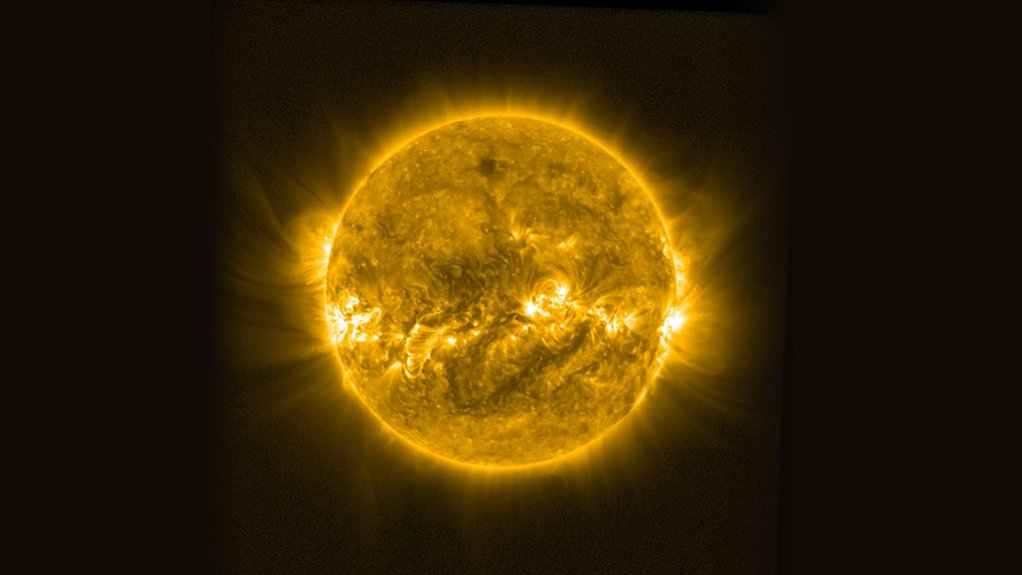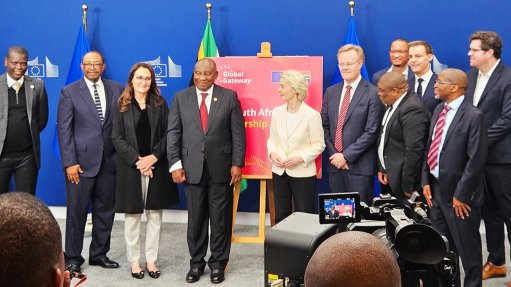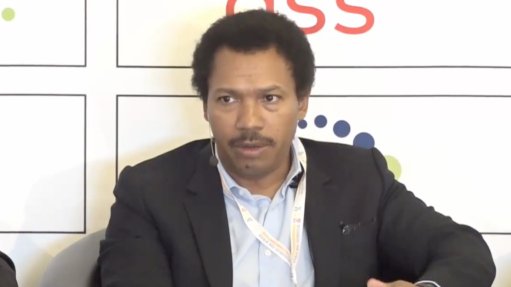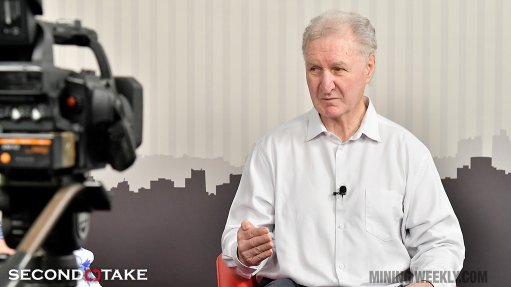Heatwaves driving strong growth in electricity demand – IEA
Energy demand growth is forecast to be among the highest levels this year and next, compared with the last two decades, the International Energy Agency (IEA) notes in its ‘Electricity Mid-Year Update’ report.
Solar PV technology alone is expected to account for half of the demand growth increases globally.
Demand for electricity is being driven by robust economic growth, intense heatwaves and increasing uptake of technologies that run on electricity, including electric vehicles and heat pumps, the IEA states, adding that renewable energy was also continuing a rapid ascent with solar PV adoption poised to reach new records.
The IEA forecasts that global electricity demand will grow by about 4% this year, up from 2.5% in 2023. This would represent the highest yearly growth rate since 2007, excluding the exceptional rebounds seen in the wake of the global financial crisis in 2008/9 and the Covid-19 pandemic in 2020.
The strong increase in global electricity consumption is set to continue into 2025, with another growth rate of 4% expected.
The IEA explains that renewable sources of electricity are also set to expand rapidly this year and next, with their share of global electricity supply forecast to rise from 30% in 2023 to 35% in 2025.
The amount of electricity generated by renewables worldwide in 2025 is forecast to eclipse the amount generated by coal for the first time. Solar PV alone is expected to meet about half of the growth in global electricity demand over 2024 and 2025 – with solar and wind combined meeting as much as three-quarters of the growth.
Despite the sharp increases in renewables, global power generation from coal is unlikely to decline this year owing to the strong growth in demand, especially in China and India, the IEA notes in its report.
As a result, CO2 emissions from the global power sector are plateauing, with a slight increase this year, followed by a decline in 2025.
However, considerable uncertainties remain, the IEA says, citing Chinese hydropower production recovering this year as an example.
If this upward trend continues in the second half of the year, it could curb coal-fired power generation and result in a slight decline in global power sector emissions this year.
REGIONAL FACTORS
Some of the world’s major economies are registering particularly strong increases in electricity consumption. The IEA says demand in India is expected to surge by a massive 8% this year, driven by strong economic activity and powerful heatwaves.
China is also set to see significant demand growth of more than 6%, as a result of robust activity in the services industries and various industrial sectors, including the manufacturing of clean energy technologies.
After declining in 2023 amid mild weather, electricity demand in the US is forecast to rebound this year by 3% amid steady economic growth, rising demand for cooling and an expanding data centre sector.
By contrast, the EU will see a more modest recovery in electricity demand, with growth forecast at 1.7%, following two consecutive years of contraction amid the impacts of the energy crisis.
In many parts of the world, increasing use of air-conditioning will remain a significant driver of electricity demand.
Multiple regions faced intense heatwaves in the first half of this year, which elevated demand and put electricity systems under strain, the report states.
“Growth in global electricity demand this year and next is set to be among the fastest in the past two decades, highlighting the growing role of electricity in our economies as well as the impacts of severe heatwaves,” elaborates IEA energy markets and security director Keisuke Sadamori.
The IEA is encouraged to see clean energy’s share of the electricity mix continuing to rise, but this needs to happen at a much faster rate to meet international energy and climate goals.
Simultaneously, the IEA deems it crucial to expand and reinforce grids to provide citizens with secure and reliable electricity supply, as well as to implement higher energy efficiency standards to reduce the impacts of increased cooling demand on power systems.”
TECHNOLOGY DRIVERS
With the rise of AI, the electricity demand of data centres is drawing increased attention, underscoring the need for more reliable data and better stocktaking measures.
The IEA report highlights the wide range of uncertainties concerning the electricity demand of data centres, including the pace of deployment, the diverse and expanding uses of AI, and the potential for energy efficiency improvements.
Better collection of electricity consumption data in the data centre sector will be essential to identify past developments correctly and to better understand future trends.
The IEA has been a frontrunner in studying the links between the energy sector and digitalisation.
To explore the opportunities and challenges ahead, the IEA has launched a new initiative called Energy for AI & AI for Energy.
As part of this initiative, the IEA will consult with governments, industry, researchers and civil society experts.
The IEA will host a conference on energy and AI in Paris, France, on December 5.
Press Office
Announcements
What's On
Subscribe to improve your user experience...
Option 1 (equivalent of R125 a month):
Receive a weekly copy of Creamer Media's Engineering News & Mining Weekly magazine
(print copy for those in South Africa and e-magazine for those outside of South Africa)
Receive daily email newsletters
Access to full search results
Access archive of magazine back copies
Access to Projects in Progress
Access to ONE Research Report of your choice in PDF format
Option 2 (equivalent of R375 a month):
All benefits from Option 1
PLUS
Access to Creamer Media's Research Channel Africa for ALL Research Reports, in PDF format, on various industrial and mining sectors
including Electricity; Water; Energy Transition; Hydrogen; Roads, Rail and Ports; Coal; Gold; Platinum; Battery Metals; etc.
Already a subscriber?
Forgotten your password?
Receive weekly copy of Creamer Media's Engineering News & Mining Weekly magazine (print copy for those in South Africa and e-magazine for those outside of South Africa)
➕
Recieve daily email newsletters
➕
Access to full search results
➕
Access archive of magazine back copies
➕
Access to Projects in Progress
➕
Access to ONE Research Report of your choice in PDF format
RESEARCH CHANNEL AFRICA
R4500 (equivalent of R375 a month)
SUBSCRIBEAll benefits from Option 1
➕
Access to Creamer Media's Research Channel Africa for ALL Research Reports on various industrial and mining sectors, in PDF format, including on:
Electricity
➕
Water
➕
Energy Transition
➕
Hydrogen
➕
Roads, Rail and Ports
➕
Coal
➕
Gold
➕
Platinum
➕
Battery Metals
➕
etc.
Receive all benefits from Option 1 or Option 2 delivered to numerous people at your company
➕
Multiple User names and Passwords for simultaneous log-ins
➕
Intranet integration access to all in your organisation





















